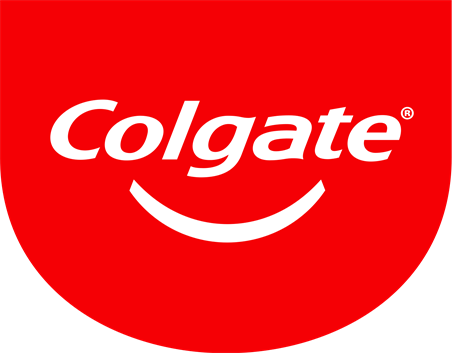H06: Hands-On: Caries are Not for Kids
Friday, July 26, 2024
2:00 PM - 3:30 PM CST
Location: 395-396: NOCC
Earn: 1.5
Sponsored By Colgate


Phyllis A. Martina, RDH, BS, MBA
Colgate Oral Pharmaceuticals, Inc
Solvang, California
Presenter(s)
Dental caries is preventable, yet it continues to be the most common chronic disease in children. The price paid for dental caries is not only measured in the money spent on restorative procedures, it is also measured in the effects it has on overall health and well-being. During the early 1900s, the focus of dentistry changed from extract to restore. With the knowledge and tools available in this century, it is time to shift from restore to prevention.
This program will provide the participant with an overview of caries development, the incidence and prevalence of dental decay in various populations, and the role of in-office and at home treatment approaches in the management of patients who are at risk for caries development.
This program will provide the participant with an overview of caries development, the incidence and prevalence of dental decay in various populations, and the role of in-office and at home treatment approaches in the management of patients who are at risk for caries development.
Learning Objectives:
At the completion of this session attendees will be able to:
- Describe the caries development process and appropriate intervention strategies.
- Utilizing data obtained through caries risk assessment techniques assigns patients. to the correct caries risk level.
- Develop and implement an effective in-office and at-home treatment evidence based protocols.

.png)